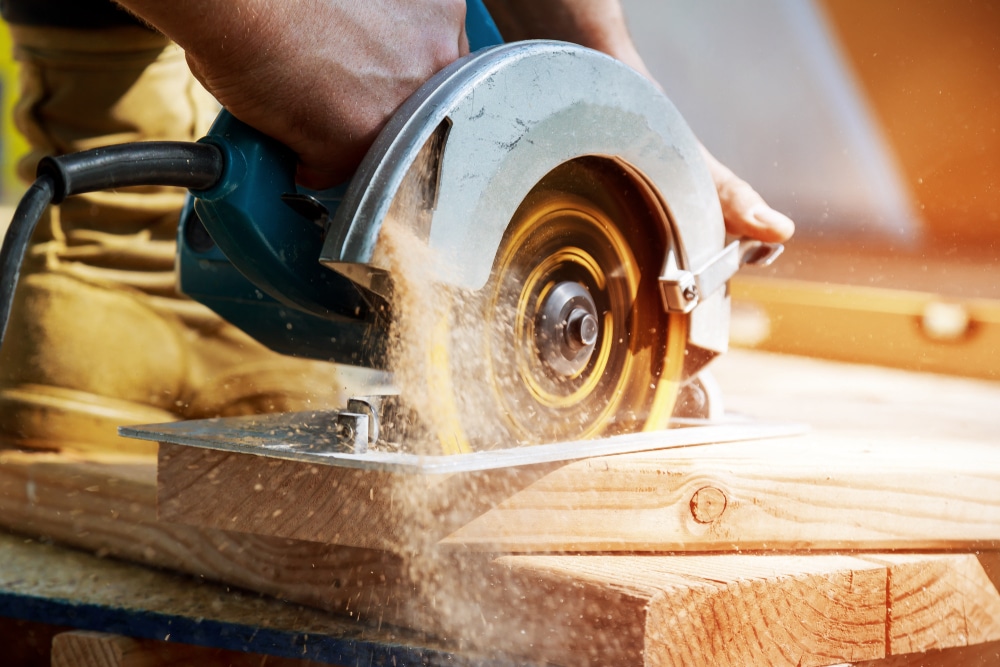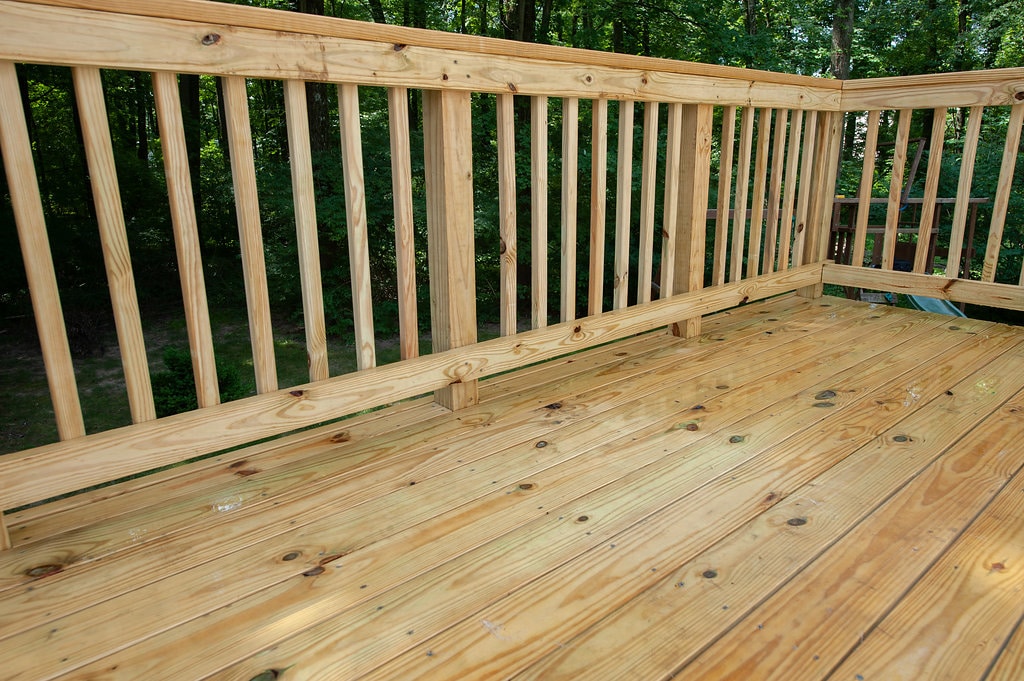In the mid-1980s Huey Lewis and the News released their single Hip to Be Square and that’s very apropos in describing our next deck building step.
By Robert Wyatt
As I mentioned before, if your base or foundation is not level, plumb and square; the rest of you deck will be off. Errors at the base will continue to grow and compound every step of the way.
We’re talking about laying out a deck
Whether you’re doing that or tiling a floor or building a gazebo; measuring for square is an important technique. A carpenter’s square or framing square just isn’t large enough to square two long lines. To make certain that two lines are 90° to each other, we can use the simple 3-4-5 technique.
The 3-4-5 Technique
To make sure that the two lines are 90° to each other, measure down one line 3 feet from the corner and make a mark. Then measure down the other line 4 feet and make a mark. Now measure the diagonal distance between those two marks, it should measure 5 feet. (Get it? 3-4-5?) If so, the lines are square. If the marks are more than 5 feet, then the lines are more than 90° and if it is less than 5 feet, the angle is less than 90°.
You can increase the accuracy of your square by using longer lines and measure using 6-8-10 or 9-12-15. (If you’re a math buff the rule is a basic rule of geometry called the Pythagorean Theorem. A squared plus B squared equals C squared, thus 3*3 + 4*4 = 5*5 (9+16=25)).
A Word on Piers and Footings
While we’re on the subject of “squaring” the deck in preparation for framing, decking boards, etc.; one more word about the foundation. I can’t emphasize enough the importance of deck piers and footings. They provide the solid support for the entire deck. The more support posts and footings your deck has to distribute the total load the less weight each footing will need to carry. So before we get too far along remember:
The deck footing posts are attached to the deck and rests on a footing at ground level or below the ground level. (will include picture here to show the difference) The deck footings act to spread the heavy load of on the deck surface onto the ground to support the entire structure. If piers (columns of cement) are used as a support post they must set on a footing pad. Without proper footings, deck support posts will sink into the ground under the weight of the deck.
Footing depth can vary vastly depending on where you live. In some areas, 2-3 feet deep is to code. In other areas, you need to dig at least 4 feet deep. That’s because frost lines are different depending on where you are. You’ll need to make sure your deck footing extends below the frost line. Here’s an article that can help you with that.
Remember, folks, always call before you dig and always work with your local building codes, getting permits and inspections. Some rules are made to be broken. These are not.
In our next post, we’ll start assembling the framework, putting down some Southern Yellow Pine wood decking, and making some decisions about handrails. I can almost taste the sweet tea under that umbrella now.
Images via Shutterstock and Homerepaircorner.ca






